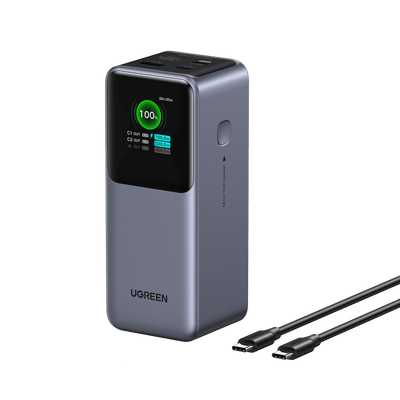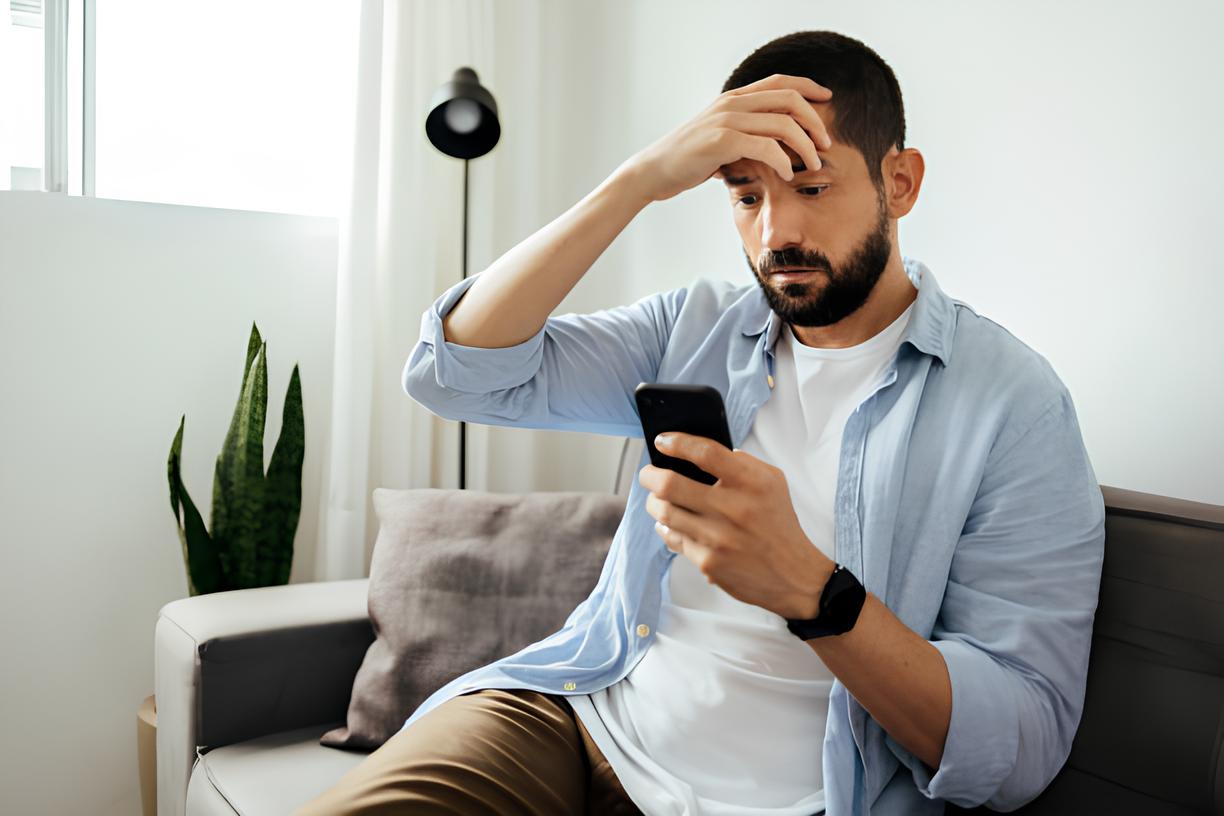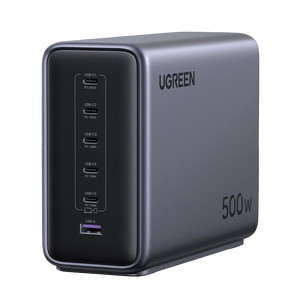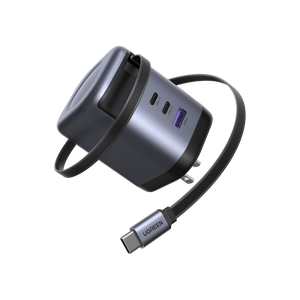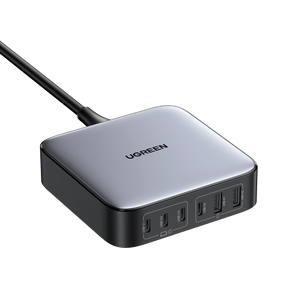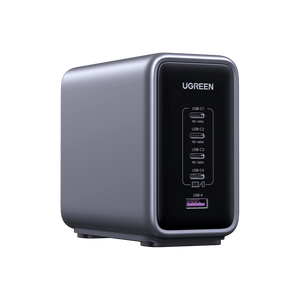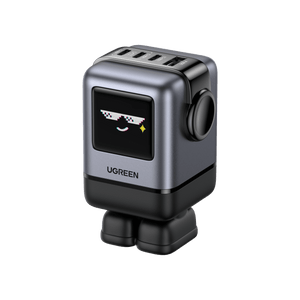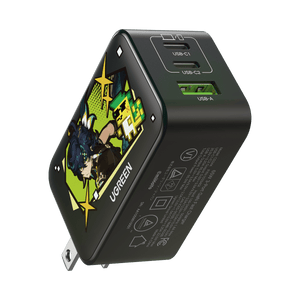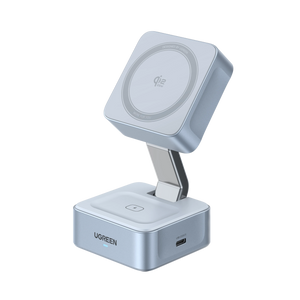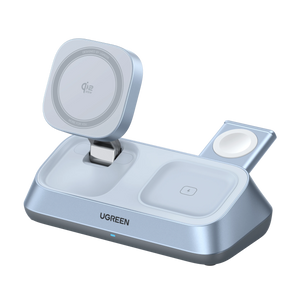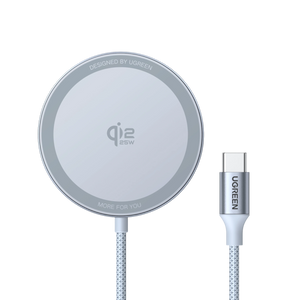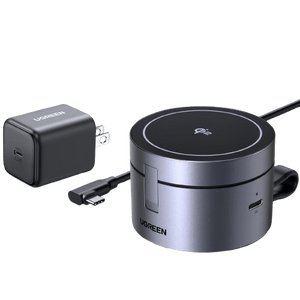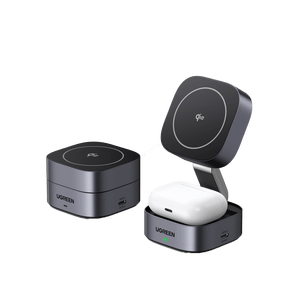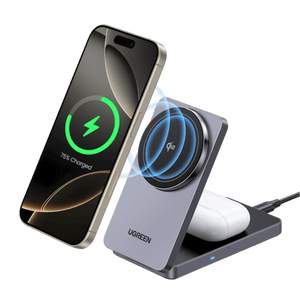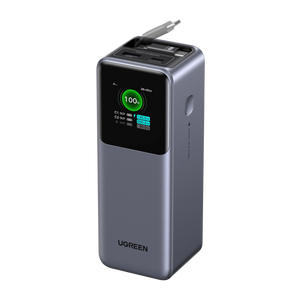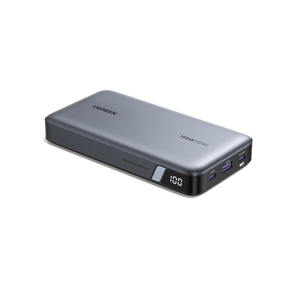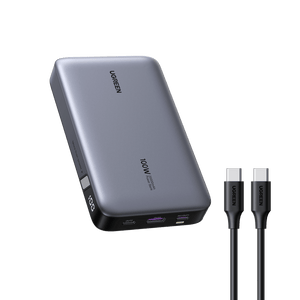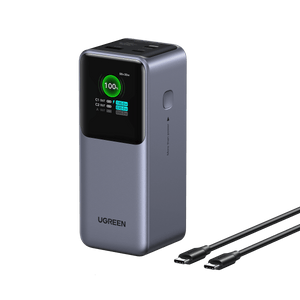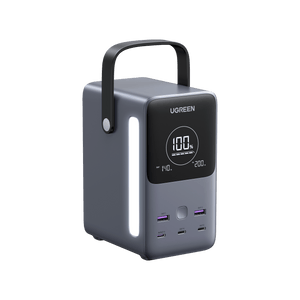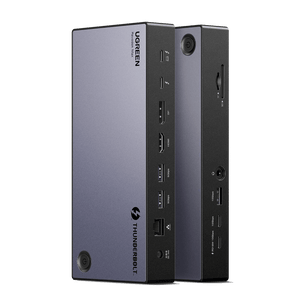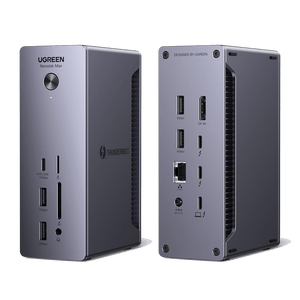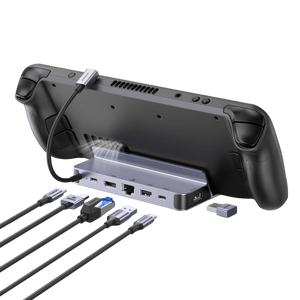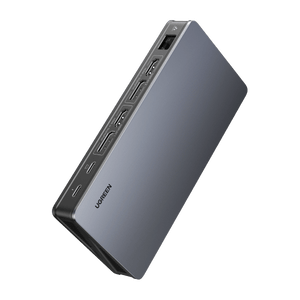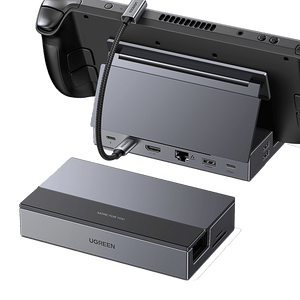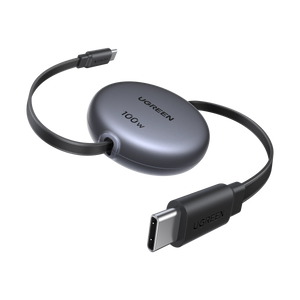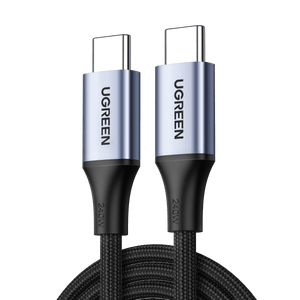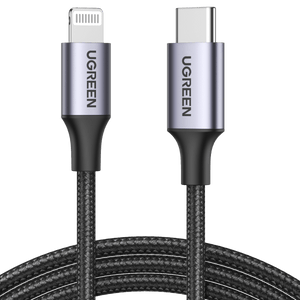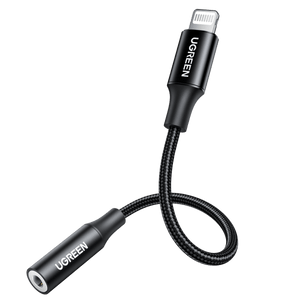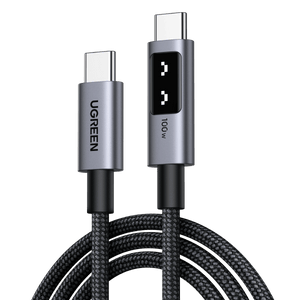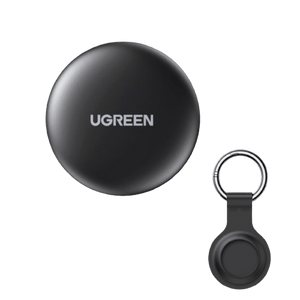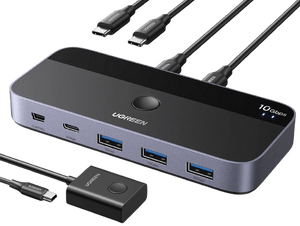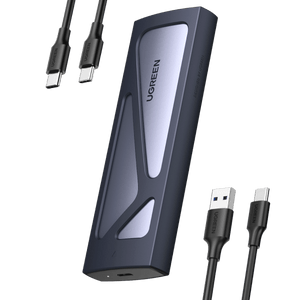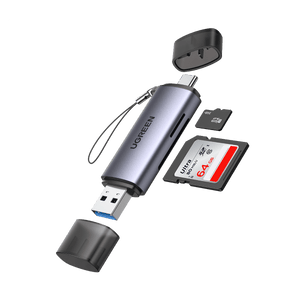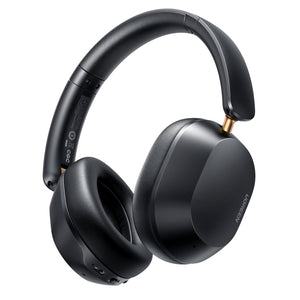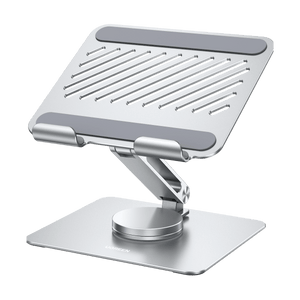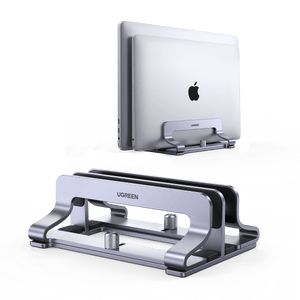Can You Bring a Phone Charger on a Plane? Rules for 2025
You’re at the airport, rushing to your gate, and your phone’s battery is down to 5%. You’ve got your charger in your bag, but suddenly, you wonder: “Can I even bring this on the plane?” It’s a common worry. With all the rules about what you can and can’t pack, it’s easy to get confused, especially when it comes to chargers. After all, your phone is your lifeline for boarding passes, maps, and staying n touch. The last thing you want is to be stuck without power mid-flight.
Here’s the good news: Yes, you can bring your phone charger on a plane. But there are a few things you need to know to avoid any hiccups at security.

Key Takeaways:
- Wall chargers are allowed in both carry-on and checked luggage, while portable chargers (power banks) with lithium-ion batteries must be packed in carry-on bags only due to safety regulations.
- The TSA and FAA limit portable charger battery capacity to 100Wh; anything higher may require airline approval and could be rejected at security.
- You can use portable chargers during flights but must turn them off during takeoff, landing, or turbulence, and only use wall chargers if your seat has a power outlet.
- Airline policies vary, especially on international flights, so check specific rules before flying to avoid surprises.
- To breeze through security, keep chargers accessible, check battery capacity labels in advance, and always pack according to guidelines.
Types of Phone Chargers: What You’re Bringing
Before we get into the travel rules, let’s clarify what kind of charger you’re packing. Phone chargers come in two main types, and each has its own dos and don’ts.
Wall Chargers
These plug straight into an outlet. You might have one next to your bed or at your desk. They’re simple: no batteries, just a cable and a plug. Packing them is easy. You can throw them in your carry-on or checked bag without worry. Browse our latest selection of Wall Chargers to find the one that works best for your needs.

Portable Chargers (Power Banks)
Power bank are the ones you can carry around. They have a built-in battery to store power, perfect for charging on the go. The reason they have stricter rules? They contain lithium-ion batteries. You’ll need to keep these in your carry-on, not your checked luggage. If you’re flying soon and want to stay compliant, you can read our blog post: Can you use power banks on planes? for a full breakdown of airline regulations and tips. Many travelers also prefer using a MagSafe power bank for its compact, cable-free design—it snaps onto the back of the iPhone and meets carry-on safety requirements for most airlines.
Why does it matter?
Safety. Lithium-ion batteries can overheat. If that happens in the cargo hold, it’s tough for the crew to deal with. That’s why portable chargers stay with you in the cabin. Check your charger. If it’s got a battery inside, it’s a portable charger. If it’s just a plug and a cable, it’s a wall charger.
Are Phone Chargers Allowed on Planes?
The good news is yes, phone chargers are allowed on planes! But hold on; where you pack them makes a difference. Let’s sort it out step by step.
Here’s a simple breakdown:
- Wall Chargers: Carry-on or checked, it’s up to you!
- Portable Chargers: Carry-on only, no exceptions.
Pro Tip: Keep your chargers easy to grab. At security, they might want a peek, especially if it’s big or looks odd. You don’t want to be the person holding up the line, rummaging through a messy bag!
Battery Capacity Limits for Portable Chargers
When you’re packing a portable charger for a flight, size isn’t just about how it fits in your bag. Airlines care about its battery capacity: how much power it can hold. If it’s too big, you might have to leave it behind. So, how do you figure out if your charger is okay to bring?
The number to know is 100Wh (watt-hours). That’s the limit set by the TSA and FAA for portable chargers in your carry-on luggage.
Why do they care?
It’s about safety. Lithium-ion batteries can overheat or even catch fire. Keeping them in the cabin lets the crew deal with any problems quickly.
Most chargers show their capacity in mAh (milliampere-hours), not Wh. Use this formula:
Wh = (mAh × Voltage) / 1,000
For most portable chargers, the voltage is 3.7V.
Here’s an example:
- Say your charger is 10,000mAh.
- (10,000 × 3.7) / 1,000 = 37Wh
What about a bigger one? A 20,000mAh charger is (20,000 × 3.7) / 1,000 = 74Wh, which is still fine. But a 30,000mAh charger? That’s (30,000 × 3.7) / 1,000 = 111Wh. It’s over the limit, so you’d need special airline permission, which isn’t worth the trouble for most people.

Here’s a quick guide:
- Under 27,000mAh: Usually under 100Wh, so it’s safe to pack.
- 27,000–43,000mAh: Might be over 100Wh, so check the Wh or calculate it.
- Over 43,000mAh: Probably too big without approval.
Pro Tip: Check your charger’s label for Wh or mAh. If it’s under 27,000mAh, you’re likely in the clear. Not sure? Look up your charger online for the exact details.
One more thing: Some airlines allow chargers up to 160Wh with permission. But that’s rare and usually more hassle than it’s worth. Stick to 100Wh or less, and you’ll sail through security. If you’re unsure how power bank limits work across airlines, you can read our blog post: Can you take a power bank on a plane? for practical tips and official guidelines.
Using Your Charger During the Flight
You’ve made it through security with your charger. Now, can you actually use it on the plane? The short answer: Yes, but there are a few things to keep in mind.
Here’s a quick guide:
- Portable Chargers: Use during the flight, but turn off for takeoff, landing, and turbulence.
- Wall Chargers: Use if your seat has an outlet; otherwise, stick to your power bank. For iPhone users, a MagSafe charger can be a convenient option on flights that offer in-seat power—its magnetic alignment allows for wireless charging without dealing with loose cables.
Pro Tip: Charge your devices before boarding if you can. Airports usually have charging stations, and it’s smart to start your flight with a full battery. That way, you’re covered even if you can’t plug in right away.
One more thing – be mindful of others. If you’re using a power bank with a cable, keep it tidy so it doesn’t trip up your seatmate or block the aisle. A magnetic power bank can be especially convenient here, as it attaches securely to your phone without loose cables dangling around. A little courtesy goes a long way at 30,000 feet!
Airline-Specific Rules and Variations
Airlines have their own personalities: some are strict, others more relaxed. This applies to their rules for portable chargers too. While the TSA and FAA lay down the basic guidelines, individual airlines can tweak them to fit their own policies.
Most airlines stick to the standard: keep portable chargers in your carry-on, and make sure they’re under 100 watt-hours (Wh). But there’s room for variation. Some airlines might let you bring a larger charger (up to 160Wh) if you get their approval first. Others could be pickier, especially on international flights, where restrictions might tighten up.
What should you do?
Check your airline’s rules before you head to the airport. Most have a handy section on their website; look under “baggage” or “electronics.” Can’t find it? No problem. A quick call to customer service will sort it out. You could ask, “I’ve got a 20,000mAh portable charger. Can I bring it on your flight?”
Heads up: if you’re flying internationally, things can get trickier. Non-U.S. airlines might follow different standards, so it’s worth double-checking if you’re crossing borders.
Pro tip: Pack your charger where you can grab it easily. Security might want to take a peek, and you don’t want to be the one fumbling through your bag while the line grows behind you.
In short, start with the general TSA and FAA rules, but don’t skip the fine print from your airline. A little prep goes a long way to keeping your devices powered and your trip smooth.
